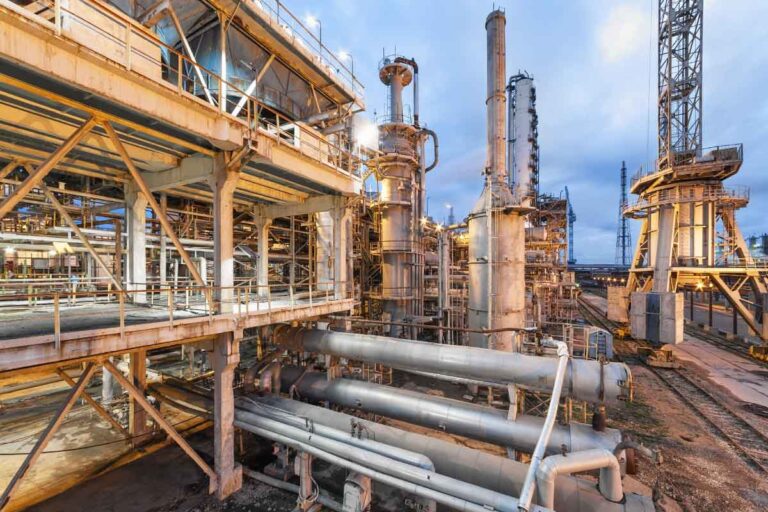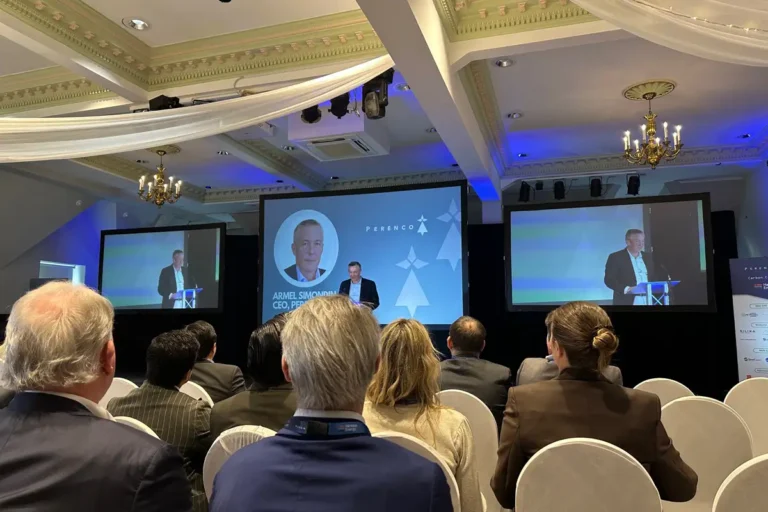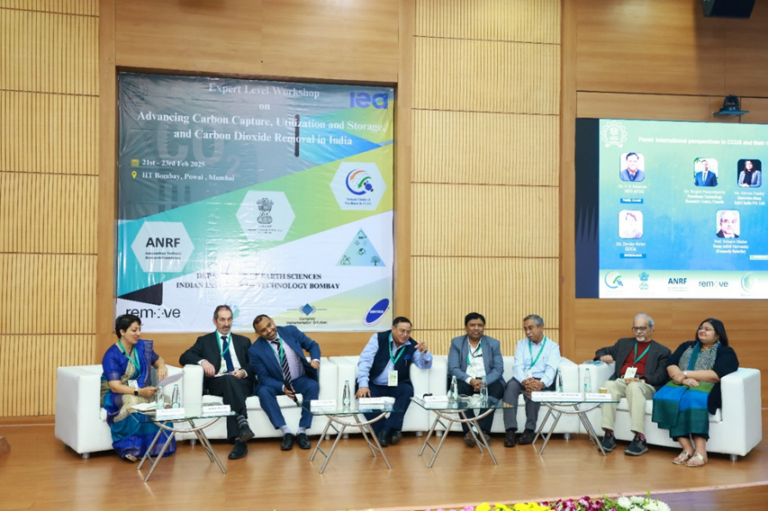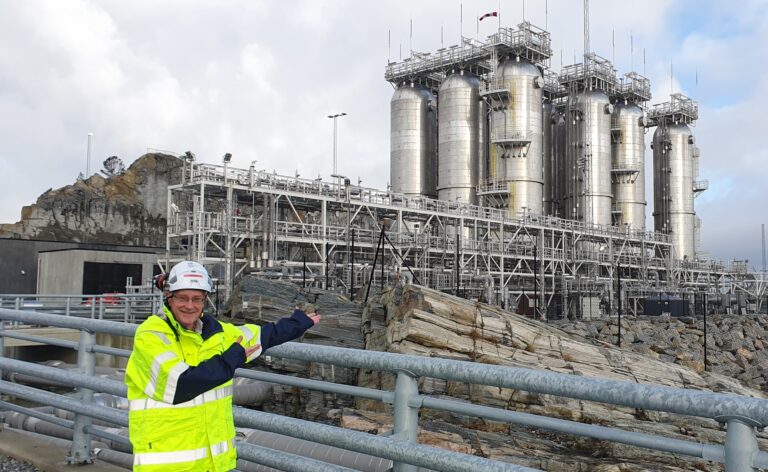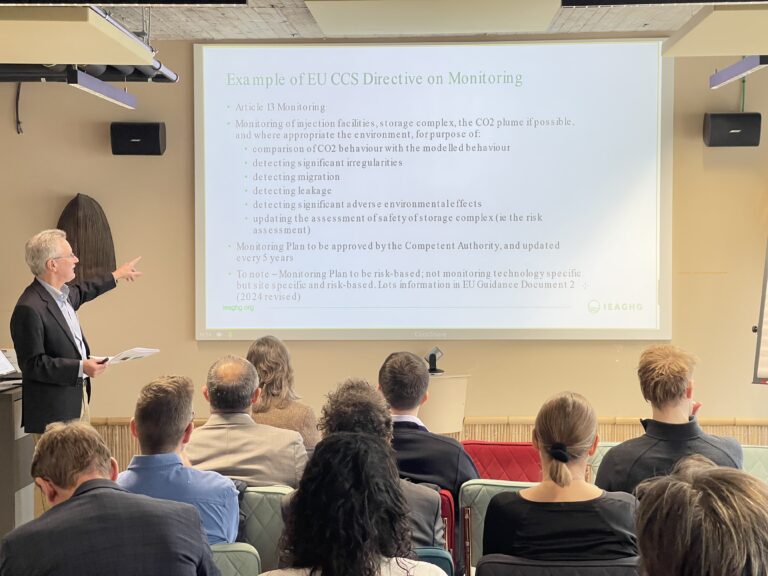
GHGT-14: Otway Site Visit
7 November 2018
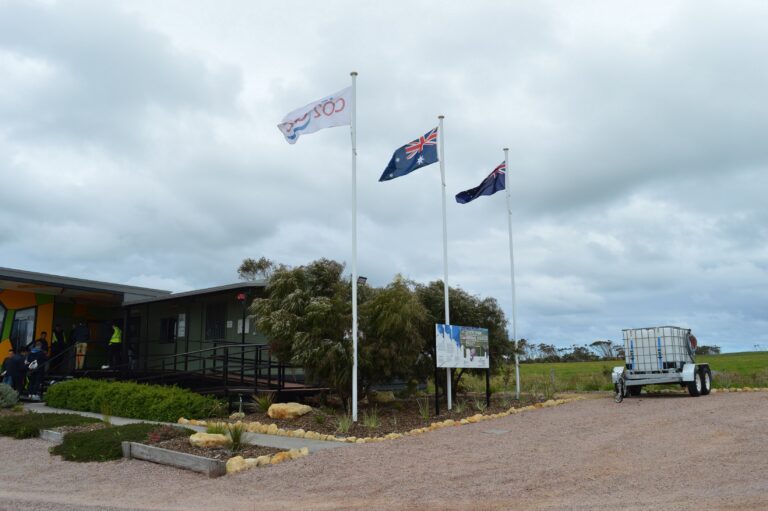
The close of the GHGT-14 conference, held in October in Melbourne, presented an excellent opportunity to visit the Otway test facility operated by CO₂CRC.The site, which is approximately 245 km (~152 miles) from Melbourne, was visited on two consecutive days by conference delegates who were given guided tours and background briefing on CO₂CRC’s activities at the facility.
This was the first site in Australia to demonstrate safe storage of CO2.There has been extensive research work with Australian and international industrial and academic partners to develop and improve processes, reduce uncertainty, and decrease the cost of CCS.Achievements to date have included:
- The safe storage of 65,000 tonnes of CO2 rich gas in a depleted methane reservoir at 2,000 metres and over 10 years’ of monitoring.
- Management of uncertianty and risk in CO2 storage.
- The development of sophisticated modelling tools to predict CO2 movement within a saline formation.
- The use of time-lapse monitoring equipment to detect as little as 15,000 tonnes of CO2 stored a 1,500m as it stabilises in a saline formation.
- The use of a 1km2 seismic array to receive data on stored CO2 using a range of acoustic vibration techniques including Stationery Orbital Vibrosis (SOV), vibroseis trucks and passive sources.
- Exploration of fibre optics as a tool to monitor CO2 and deploying it in varios ways.
- Testing carbon capture technologies (adsorbents and membranes) to determine their effectiveness in separating CO2 from CH4 in a high-pressure gas flow environment.
- The design and testing of well based long term CO2 monitoring solutions to reduce surface impact and the costs of monitoring.
- A commitment to engage and inform the community about carbon capture and storage.
Initial field work began in 2007 when CRC-1 well was drilled.In the following year 65,000 tonnes of CO2 rich gas was stored in the Waarre Unit C Sandstone within the depleted Naylor natural gas reservoir, at a depth of >2,000m depth.The injected CO2 was monitored as it migrated to the Naylor-1 well, 300m to the west.This first stage demonstrated that a reduction in uncertainty and risk in CO2 storage could be achieved.It also led to the development of mechanisms to regulate CO2 storage operations.A U-tube sampling system, supplied by the Lawrence Berkeley National Laboratories in the USA, provided samples of well fluids from depths of over 2km providing information on the containment of the injected CO2 via Naylor-1.The safe storage of CO2 in a deplted gas reservoir was clearly demonstrated.Other experiments included the successfu use of gas tracers including deuterated methane, krypton and sulphur hexafluoride to label stored CO2.
The next stage of research in 2010 involved a further injection programme at ~1,500m into another horizon the Lower Paaratte Formation which lies beneath a mudstone seal.The well, CRC-2, has a fibre as a seismic receiver and U-Tubes to enable fluid to be sampled from within the well at depths below 1400m.CRC-2 is filled with 8 permanent downhole temperature and pressure gauges that take measurements every 5 seconds.
Different techniques to measure the residual trapping potential in the near wellbore region were tested during this stage.Data on residual trapping obtained from CRC-2 has improved model accuracy for prediciting CO2 distribution.The research has also shown that CO2 with low levels of impurities can be safely stored in saline formations.Significantly time-lapse seismic has revealed that it is possible to monitor as little as 5,000 tonnes of CO2 at a depth of 1,500m.Another important advance made at the site is the effectiveness of buried seismic monitoring arrays which can reduce acquisition time, cost and the impact on landholders, while increasing data quality and repeatability.The contribution from SOVs has generated comparable data quality, higher repeatability and significantly lower cost when compared to seismic surveys using traditional 12 tonne vibroseis trucks.Moreover, lengthy lead times for consultation and approvals can be avoided by the strategic use of SOVs in preference to traditional detailed seismic surveys.
The visits to the Otway research facility rounded off a highly successful international conference on CCS and demonstrated what advanced test sites can contribute to CO2 capture and storage.
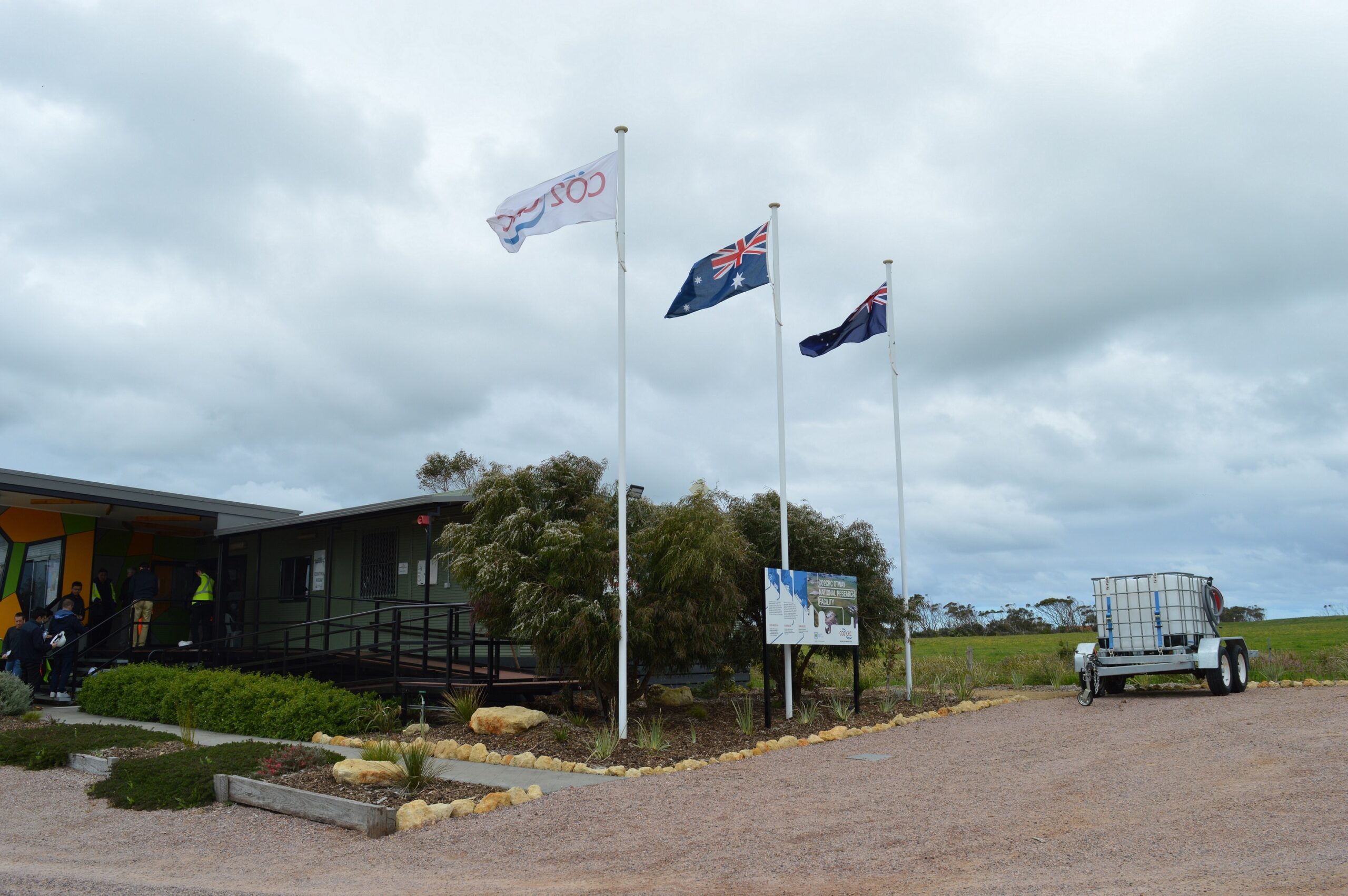
Other articles you might be interested in
Get the latest CCS news and insights
Get essential news and updates from the CCS sector and the IEAGHG by email.
Can’t find what you are looking for?
Whatever you would like to know, our dedicated team of experts is here to help you. Just drop us an email and we will get back to you as soon as we can.
Contact Us NowOther articles you might be interested in
Get the latest CCS news and insights
Get essential news and updates from the CCS sector and the IEAGHG by email.
Can't find what you are looking for?
Whatever you would like to know, our dedicated team of experts is here to help you. Just drop us an email and we will get back to you as soon as we can.
Contact Us Now

